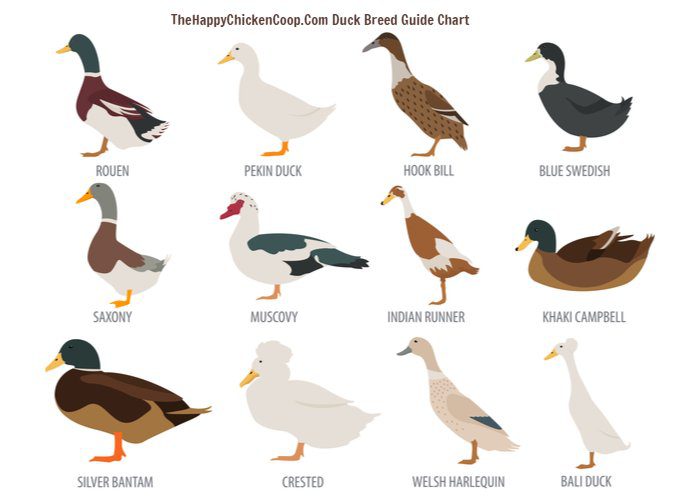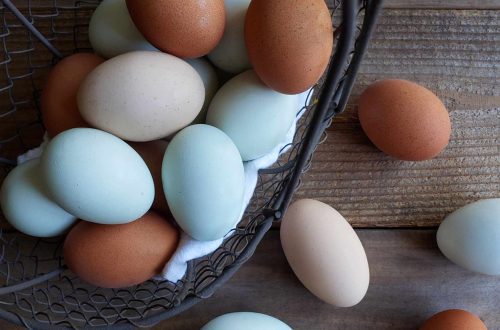
General morphophysiological characteristics of ducks breed favorite
Favorite ducks are unpretentious birds. Therefore, you can easily breed on your own site. There are several varieties of Favorit ducks, but the most popular of them is the blue favourite, which belongs to the heavy cross-country, which will adorn any yard. Some authors believe that this bird grows more slowly than the Beijing and white-breasted breeds.
In the Blagovarsky Poultry Plant (Republic of Bashkortostan) ducks blue favorite was bred in 1998, where they are still bred in especially large sizes, and they are leaders in breeding and breeding blue favorites.
There are many varieties of duck breeds.
For example:
- meat – Beijing, gray, etc.;
- meat and egg – mirror, favorite, etc .;
- egg-bearing – Indian runner ducks.
This article will focus on ducks of the favorite breed, as one of the most successful breeds in terms of breeding. With the help of the achievements of modern science of genetics, they contain many useful qualities:
- high viability;
- unpretentiousness;
- meatiness;
- egg production, etc.
The favorite duck was bred artificially, on the basis of the Beijing breed, but thanks to breeding and biotechnological measures, they acquired the genes for meatiness and egg production, which favorably increased the value of ducks of this breed. This breed was experimentally bred not only as meat, but also as egg-bearing, i.e. favorite ducks have high egg laying rates compared to their predecessors.
The most significant feature of this breed is their vitality and good survival rate. Cross Favorit has also taken root in Russia due to its above-mentioned qualities.
Morphological characteristics
Color – from light blue to dark blue and black. The size of the bird is quite large. The beak is flat and long. The color of the beak and legs are directly dependent on the color of the individual, and has a gray-bluish tint. The physique is strong, since they were still bred more as a meat breed. The chest is not very convex, the neck reaches medium length, the head is medium in size. The legs are not very short, widely spaced.
Physiological characteristics
The blue bones of the skeleton are thin and light. Despite this, the bone tissue is quite strong. The bone to muscle ratio is 14%, which is an indisputable advantage for breeding these ducks as a meat breed.
The meat is dense, the fibers are small, tender and juicy, in addition, it is enriched with various essential amino acids (for example, a high content of valine, leucine, lysine, glutamic acid, etc.), which are necessary for human health and life. Meat contains approximately 20% highly digestible protein. Also in duck meat is a blue favorite, in significant quantities such minerals as calcium and phosphorus, vitamins A, B1, B2, and PP, extractives are contained.
These birds are distinguished from other individuals by the fact that their meat does not contain a high percentage of fat, as in other representatives of various breeds, which makes it possible to classify their meat as lean. Taste without specific smell.
Productivity
Individuals of the favorite breed grow rapidly and at 9 weeks of age reach a body weight of 2,5–3,5 kg, with intensive fattening. An adult male can reach up to 4,5 – 5 kg in weight, on average they weigh 3,5 – 4 kg. Egg production from 100 to 140 pieces per year from one female, with an egg weight of 80-90 grams. Eggs can be eaten.
Breeding
On an industrial scale, blue favorite ducks are bred by incubation. According to the literature, at home they are bred by incubation, and it takes about 27-28 days. It is believed that withmother can incubate up to 15 eggs. They pluck out their down to create a comfortable nest for incubation, and are only occasionally distracted by eating. But this is a rather controversial opinion. Some authors believe that the blue favorite breed does not have a hatching gene, and for their breeding, it is better to buy young blue favorite ducks.
blue is fed with boiled crushed eggs. Some breeders give eggs with a little millet added. In the future, you can give various root crops (potatoes, carrots, etc.), crops, grass. Additional additives are chalk, ground shells, bones.
The favorite duck breed is distinguished by good fattening properties. Based on this, it can be concluded that blue is absolutely unpretentious in food and can eat whatever is offered. They love meadows with abundant vegetation, and they forage for food themselves, which significantly reduces the cost of feeding. Therefore, when breeding blue favorite ducks, it is advisable to have natural or artificially created reservoirs on your site.
Blue favorite duck is sometimes bred as a decorative species due to external data. This breed has a very beautiful, iridescent smoky blue color, which makes them very attractive. But, despite the beautiful external data, it is more of a nutritious look than a decorative one.





